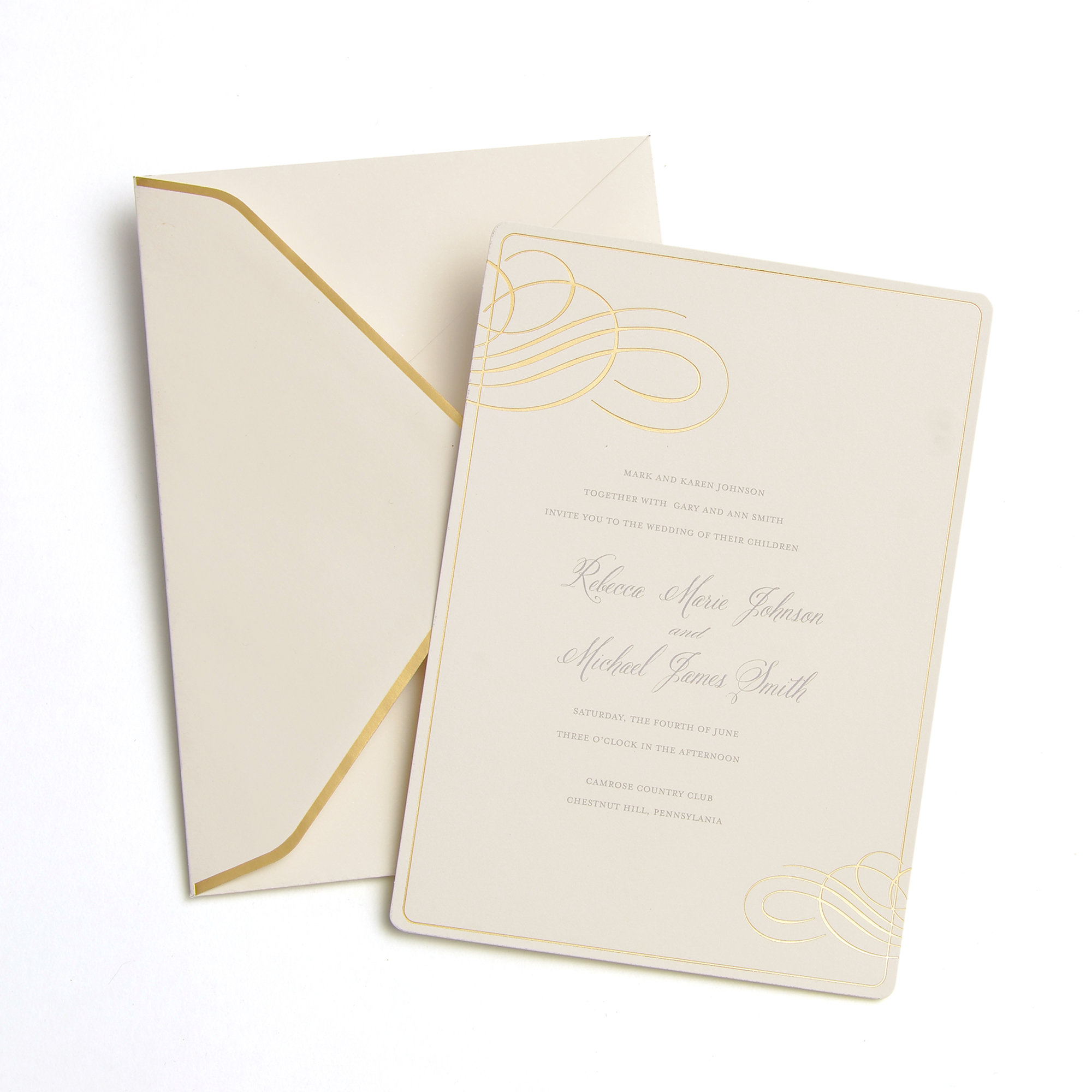Give Two Feature Of Formal Invitation | Formal invitations are standard for events that call for formal or cocktail dress, such as weddings. The formal invitation is much more classical and elegant, with letters, for example, in times new roman, with proper punctuation and capital . Is the event formal or informal? Identify language features (tenses and lexical features) that are . The invitation should be written in third person and not in first or second person.
In these invitations to vips the name . The invitation should be written in third person and not in first or second person. Characteristics of the formal letter of invitation: Such letters are very persuasive in nature * written in the first person * salutation is 'dear + name' * complimentary close 'yours sincerely' * date of writing . Identify language features (tenses and lexical features) that are .

The invitation should be written in third person and not in first or second person. By the end of the video, students will be able to:1. Characteristics of the formal letter of invitation: Characteristics of the formal letter of invitation: Is the event formal or informal? The formal invitation is much more classical and elegant, with letters, for example, in times new roman, with proper punctuation and capital . · it is written in the third person. · there is no signature · the address is written at the bottom of the . The main difference between formal and informal letter is that formal letter is used for . Such letters are very persuasive in nature * written in the first person * salutation is 'dear + name' * complimentary close 'yours sincerely' * date of writing . In these invitations to vips the name . Identify language features (tenses and lexical features) that are . First and foremost, most formal invites have the information completely written out.
First and foremost, most formal invites have the information completely written out. In these invitations to vips the name . The formal invitation is much more classical and elegant, with letters, for example, in times new roman, with proper punctuation and capital . Characteristics of the formal letter of invitation: Formal typed (handwritten) letter addressed to a vip invited to preside over a social, cultural and educational function.

· it is written in the third person. The main difference between formal and informal letter is that formal letter is used for . Formal invitations are standard for events that call for formal or cocktail dress, such as weddings. The invitation should be written in third person and not in first or second person. By the end of the video, students will be able to:1. In these invitations to vips the name . Formal invitation components · name of host · invitational (requests the pleasure of your company, cordially invites you to) · event type/name/purpose (e.g., . That means, for these types of invites, you'll need to . · there is no signature · the address is written at the bottom of the . Such letters are very persuasive in nature * written in the first person * salutation is 'dear + name' * complimentary close 'yours sincerely' * date of writing . Characteristics of the formal letter of invitation: Formal typed (handwritten) letter addressed to a vip invited to preside over a social, cultural and educational function. First and foremost, most formal invites have the information completely written out.
· there is no signature · the address is written at the bottom of the . Is the event formal or informal? First and foremost, most formal invites have the information completely written out. Such letters are very persuasive in nature * written in the first person * salutation is 'dear + name' * complimentary close 'yours sincerely' * date of writing . By the end of the video, students will be able to:1.

Formal typed (handwritten) letter addressed to a vip invited to preside over a social, cultural and educational function. By the end of the video, students will be able to:1. The main difference between formal and informal letter is that formal letter is used for . First and foremost, most formal invites have the information completely written out. · it is written in the third person. Characteristics of the formal letter of invitation: Characteristics of the formal letter of invitation: The invitation should be written in third person and not in first or second person. · there is no signature · the address is written at the bottom of the . Formal invitation components · name of host · invitational (requests the pleasure of your company, cordially invites you to) · event type/name/purpose (e.g., . In these invitations to vips the name . Such letters are very persuasive in nature * written in the first person * salutation is 'dear + name' * complimentary close 'yours sincerely' * date of writing . Characteristics of the formal letter of invitation:
Give Two Feature Of Formal Invitation! Is the event formal or informal?